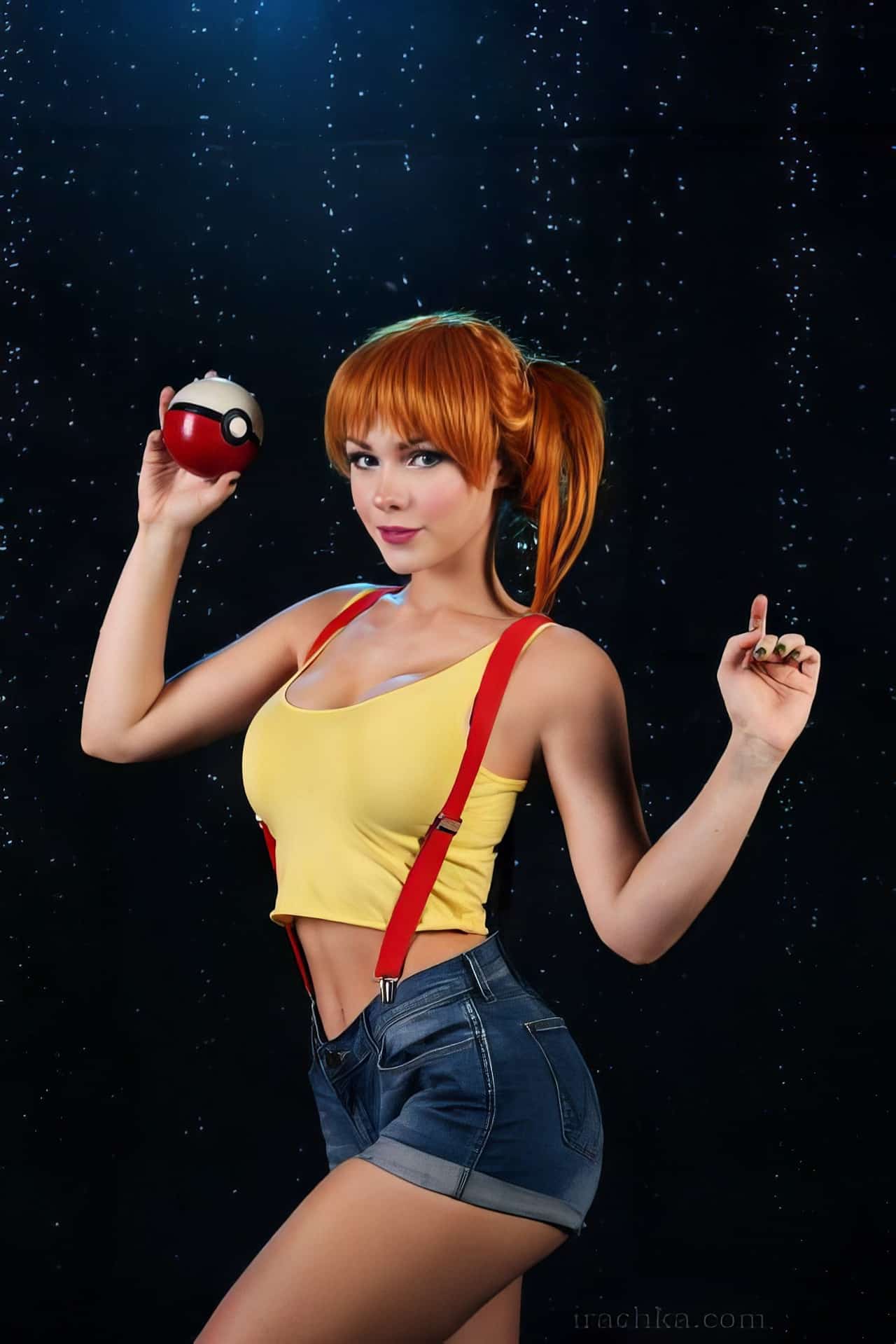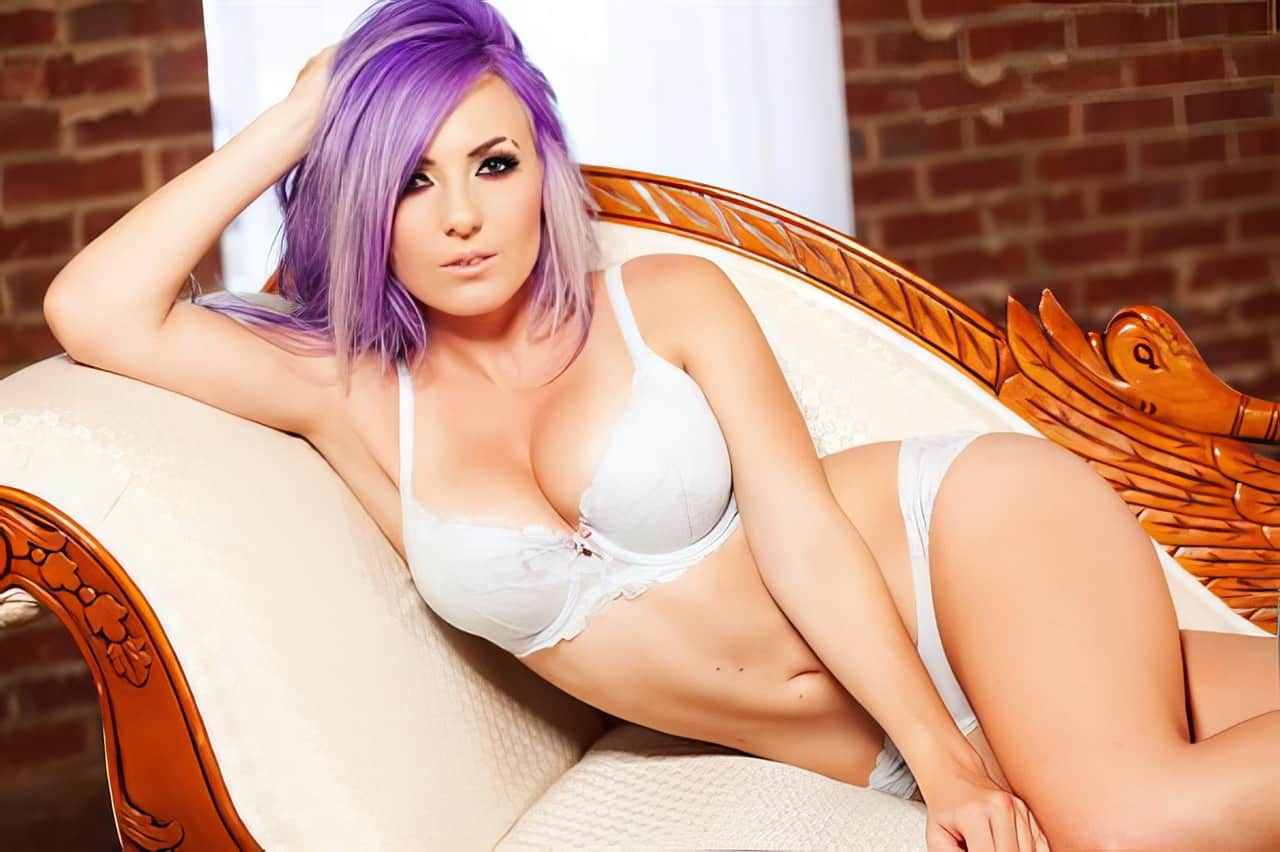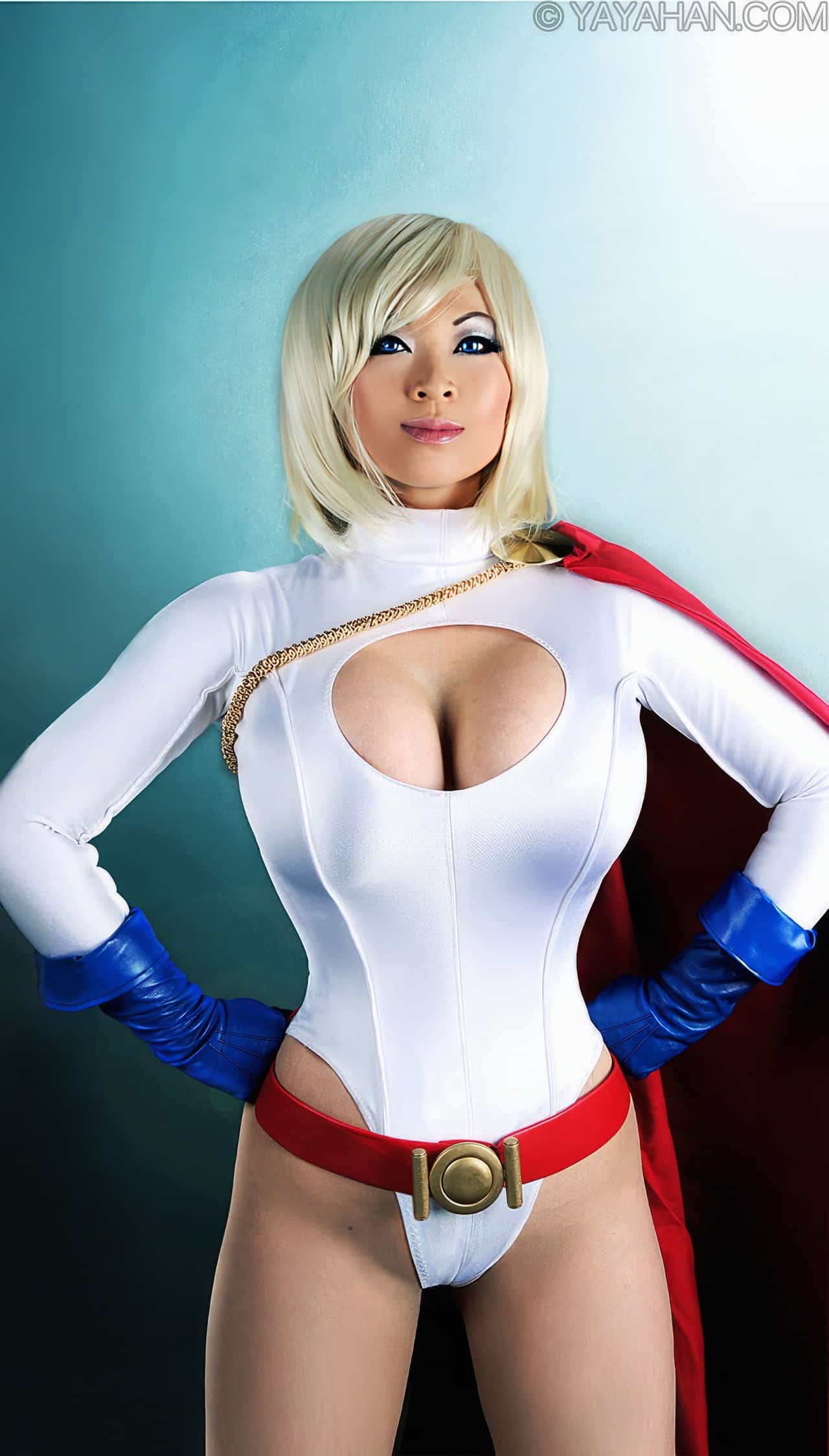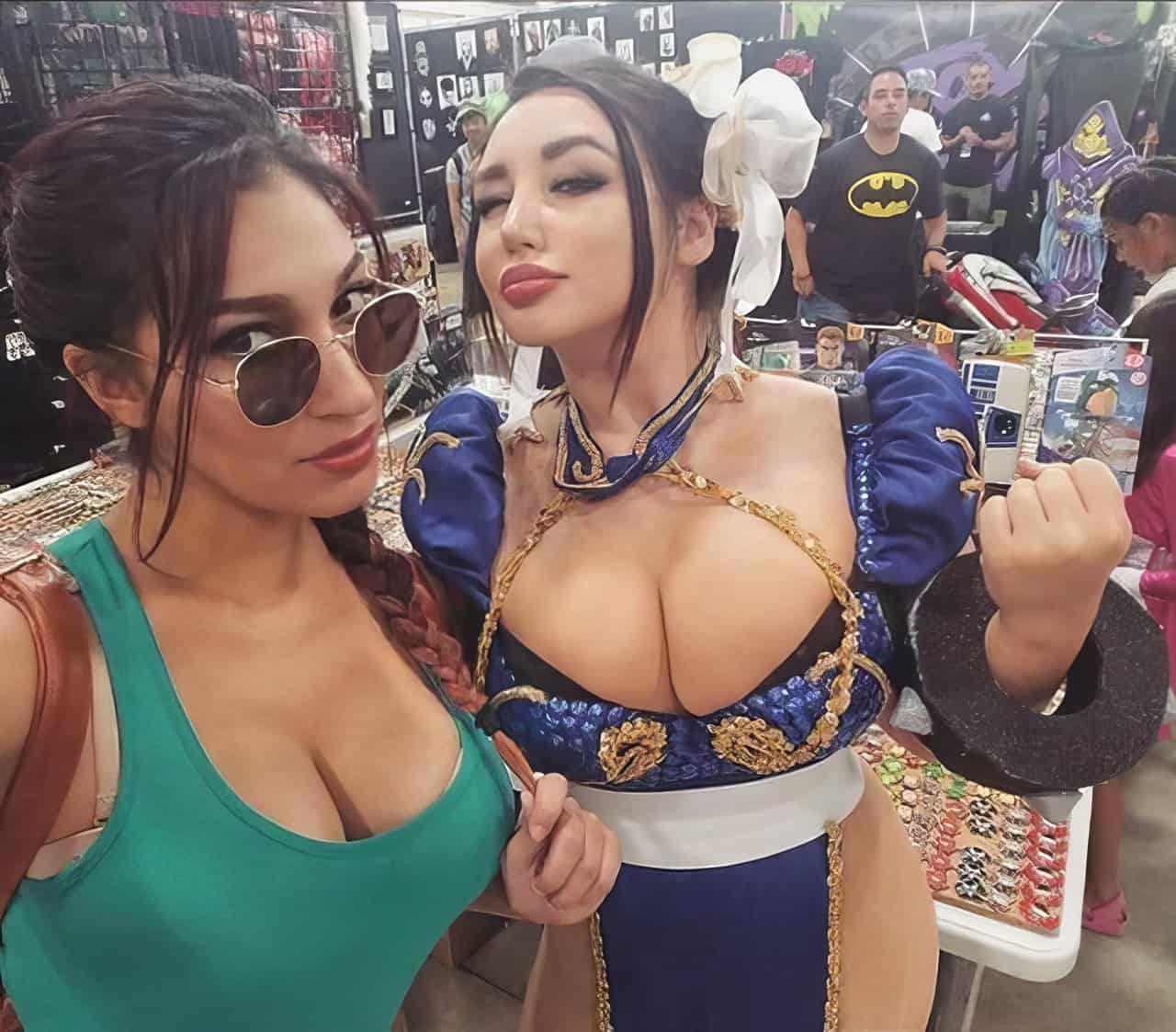Cosplay, once a niche hobby, has morphed into a global phenomenon. Yet, it is impossible to turn a blind eye to the ubiquitous sexualization within its ranks. But what triggers such a trend? Is it the appetite of the audience or the sway of media and marketing tactics?
Let’s embark on a journey to unravel the convoluted nexus of sexualization in the world of cosplay.
Key Takeaways
Cosplay involves roleplaying characters from existing fandoms, which often have some level of sex appeal.
Sexualized content, including in cosplay, is created to attract attention and generate sales.
Sexualized cosplay can lead to objectification and harassment of cosplayers, particularly women.
The demand for sexualized cosplay content is evident through likes, engagement, and the market for cosplay OnlyFans.
Table of Contents
Reasons for Sexualization in Cosplay

Sexualization in cosplay is often attributed to the depiction of fictional characters with inherent seductiveness. Cosplay enthusiasts, swept up in the world of make-believe, sometimes choose to emphasize the allure of their chosen characters, creating what’s known as ‘sexy cosplay‘. Here, the role of social media is pivotal, as it acts as a catalyst in spreading and popularizing these sultry trends in cosplay.
Moreover, certain fandoms are known for their overtly sensual characters, further fueling the trend of sexualization in cosplay. Cosplayers, by showcasing their physique and channeling the seductiveness of their characters, often gather significant online attention and popularity. However, this emphasis on allure may have repercussions on body image and self-esteem.
The same toxicity and problems with the modeling industry are being shown in cosplay, and I cannot say enough about how many times I have cringed at seeing over-sexualized characters and/or costume designs in cosplay both in person and online since I started this hobby, and it is getting worse by the day.
https://sundial.csun.edu/149996/opinions/cosplay-the-new-front-line-on-sexual-objectification/
While the thrill and engagement that come with creating tantalizing cosplays are enjoyed by some, it’s vital to understand that sexualization isn’t a universal choice in the cosplay realm. The decision to bring a sexy element into cosplay is deeply personal and varies from person to person.
‘Every cosplayer has their unique interpretation and way of bringing their chosen character to life. Some may choose the path of seductiveness, while others may not. What’s crucial is the respect and support we extend to all these diverse views within the cosplay community.’
As we delve deeper into the world of cosplay, it’s essential to acknowledge this diversity and allow individuals the freedom to express their creativity in their own unique way.
Cosplay OnlyFans performers contribute to the trend by monetizing their sensual cosplay content, which aligns with the audience’s demand for more provocative material. This economic incentive can encourage further sexualization within the cosplay community.
The Consequences for Cosplayers

The ramifications of sensual cosplay for cosplayers could span from being objectified and harassed to facing hurdles in achieving acknowledgment and popularity. Here are a couple of ways how sensual cosplay could potentially influence cosplayers:
- Experiencing Objectification and Harassment: Cosplayers who create sensuous content may unwittingly become a target of objectification and harassment. This could encompass receiving unseemly comments, unwelcome advances, and even cyberstalking. Cosplayers donning revealing outfits could draw undesired attention, which could result in feelings of insecurity and discomfort.
- Difficulties in Attaining Recognition and Popularity: While some cosplayers may attain success and popularity through sensuous cosplays, others who decide not to sexualize their outfits might encounter obstacles in achieving recognition. The cosplay community can be polarized over the issue of appropriateness, and those who deviate from the mainstream might find it challenging to draw attention and followers. This could be dispiriting for gifted cosplayers who’d rather concentrate on their craftsmanship and affection for the characters than stress sex appeal.
Cosplay: An Art of Character Embodiment

Cosplay, a vivid and welcoming aspect of performance art, offers an immersive experience that allows individuals to step into the shoes of their beloved characters from diverse media. Born in Japan during the 1980s, the art form has since taken the world by storm, drawing in enthusiasts globally. Cosplayers pour their time and skill into fabricating costumes and accessories that mirror their chosen character’s appearance as closely as possible.
The Art of Cosplay: More Than Mere Costumes
The realm of cosplay is a tapestry of varied ages, genders, and cultures, fostering an inclusive environment. It’s not just about dressing up – many cosplayers dedicate themselves to the precise replication of costumes, showing keen attention to detail and demonstrating significant craftsmanship. It’s a platform where fans can openly display their admiration for a character or series and a canvas for creativity and personal expression.
Cosplay: Beyond the Stereotypes
While some may choose to depict more provocative versions of characters, it’s crucial to understand that cosplay transcends mere sexualization. It’s a fusion of interests and motivations – a mix of craftsmanship, artistic expression, and the sheer delight of becoming a beloved character. Whether viewed as a hobby, a career, or a profession, cosplay is multifaceted. A substantial number of cosplayers champion the cause of non-sexualized cosplay, fostering a more inclusive and respectful community.
Audience Demand for Sexualized Cosplay

To understand the prevalence of sexualized cosplay, we need to explore the public’s appetite for it. This preference is made apparent by search trends and overall popularity. Sensual content often garners the most attention and interaction on online platforms, including social media. This demand for sensualized cosplay has sparked a thriving market, with platforms like OnlyFans dedicated to cosplay. Despite not everyone having a preference for sensual content, the demand secures its ongoing existence within the cosplay community.
Cosplayers are free to decide the nature of their cosplay, whether sensual or not. Sensuality isn’t a prerequisite in cosplay; there are numerous cosplayers who achieve success without resorting to sensual content. A substantial number of cosplayers opt for non-sensual costumes and still enjoy recognition and success. Factors such as personal comfort and professional reputation often influence a cosplayer’s choice to dress modestly.
Regardless of the costume’s sensuality, cosplay skills and artistry can shine. The decision to dress in a sensual or non-sensual way remains the cosplayer’s prerogative.
‘Success in cosplay isn’t measured by the sexuality of the costume, but by the skills and craftsmanship behind it.’
Media Influence and Marketing

The depiction of characters in media and marketing tactics significantly fuel the eroticization of cosplay. Characters like Chun Li, Lara Croft, Zero Suit Samus, Nami, Yoko, Faye Valentine, and Mary Jane Watson are often designed with a distinct sexual allure in media. Such character designs set the stage for how cosplayers interpret and embody these personas.
Moreover, marketing tactics frequently highlight the sensual elements of cosplay as a magnet for attention and a catalyst for sales. Cosplayers who opt to craft sultry cosplays grounded in these characters might draw more interaction and recognition, circulating the eroticized representation further. The media’s depiction and marketing of these characters hold a pivotal role in sculpting the sexualization of cosplay and the standards set for cosplayers.
In the world of cosplay, the media and marketing have a profound impact, not only shaping the characters but also influencing the expectations and perceptions surrounding them.
Frequently Asked Questions
How Does the Sexualization of Cosplay Affect the Mental and Emotional Well-Being of Cosplayers?
The sexualization of cosplay can impact your mental and emotional well-being. It may lead to objectification, judgment, and pressure to conform. However, you have the freedom to choose how you want to express yourself and prioritize your well-being.
What Are Some Common Misconceptions About Sexualized Cosplay, and How Can They Be Addressed?
Common misconceptions about sexualized cosplay include assuming that all cosplayers are sexualizing their costumes and that it is mandatory for success. These misconceptions can be addressed by promoting diverse portrayals and respecting individual choices within the cosplay community.
Are There Any Guidelines or Standards in Place to Address the Issue of Sexual Harassment Within the Cosplay Community?
There are guidelines and standards in place to address sexual harassment within the cosplay community. These include promoting consent and respect, implementing safe space policies at events, and educating cosplayers about their rights and how to report harassment.
How Can Cosplayers Who Choose Not to Sexualize Their Costumes Gain Recognition and Popularity Within the Community?
To gain recognition and popularity within the cosplay community without sexualizing your costumes, focus on showcasing your talent, craftsmanship, and attention to detail. Engage with the community, participate in competitions, and create unique and creative interpretations of characters.
What Steps Can Be Taken to Create a More Inclusive and Diverse Cosplay Community That Embraces All Types of Cosplay, Both Sexualized and Non-Sexualized?
To create a more inclusive and diverse cosplay community, embrace all types of cosplay. Respect personal choices without judgment, promote consent and respect, implement safe policies at events, and support cosplayers who choose non-sexualized portrayals.
